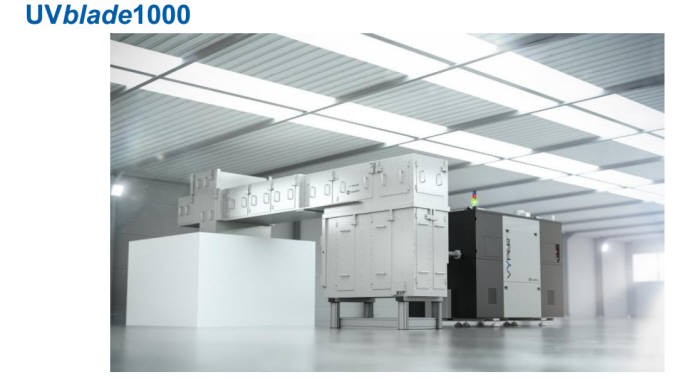 In the laser lift-off (LLO) market for small and medium-sized flexible organic light-emitting diodes (OLED) displays, Coherent excimer lasers succeeded in winning a significant majority of orders competing with DPSS (diode-pumped solid-state) lasers last year. As a leading Korean display maker shifted its weight from the excimer method to the DPSS method for LLO, Chinese panel makers reviewed the introduction of DPSS, but it seems that the excimer method was adopted again last year for its stability.
According to the industry, Coherent, which supplies excimer lasers, has collaborated with domestic LLO equipment manufacturers to win all LLO equipment orders for G6 half-cut glass placed by Chinese panel companies last year.
LLO is one of the key processes for producing flexible OLED displays; it is used to remove the polyimide (PI) film used as the substrate from the carrier glass. In the process of separating the carrier glass and the PI film by irradiating with a laser, it is important that the film properties are not changed or damaged.
A Korean display maker started the flexible OLED display business using the excimer laser-based LLO process; since then shifting some capacity to using DPSS lasers. As a result, Chinese panel makers have fiercely deliberated between the excimer laser and the DPSS laser when they consider the adoption of the LLO process.
Coherent, which supplies excimer lasers, introduced new ways with equipment manufacturers to lower costs and increase productivity.
Coherent first applied the new Pulse on Demand technology, which produces laser pulses only when needed to remove the film from the carrier glass. Laser pulses are generated only when needed, cutting the required laser pulses into half, hence substantially reducing consumable costs and extending life.
Models specific to the LLO process (UV-Blade) were introduced. In the past, they were mixed with products for the laser annealing (ELA) process, but to reduce costs, the LLO-only model UV-Blade was introduced. The UV-Blade is optimized for the LLO process and supports a variety of line beam optics up to 1000 mm to be tailored to the application.
The team also provided a concept to extend the useful lifetime of the laser tubes by aligning the maintenance schedule of the ELA- with the LLO tools. ELA and LLO processes are essential to produce flexible OLEDs, and panel makers can further reduce operating costs by this concept.
DPSS lasers are expected to give lower running costs than the excimer laser, but for the LLO process using UV-Blade with the new POD and other cost-optimized functions, operating costs will be 20% to 50% lower versus the competition.
Only excimer lasers can be applied to transparent PI, which is essential for emerging transparent displays - for years to come, excimer lasers will still be state-of-the-art LLO systems.
Staff Reporter Bae, Okjin | withok@etnews.com
<Source: Etnews> |